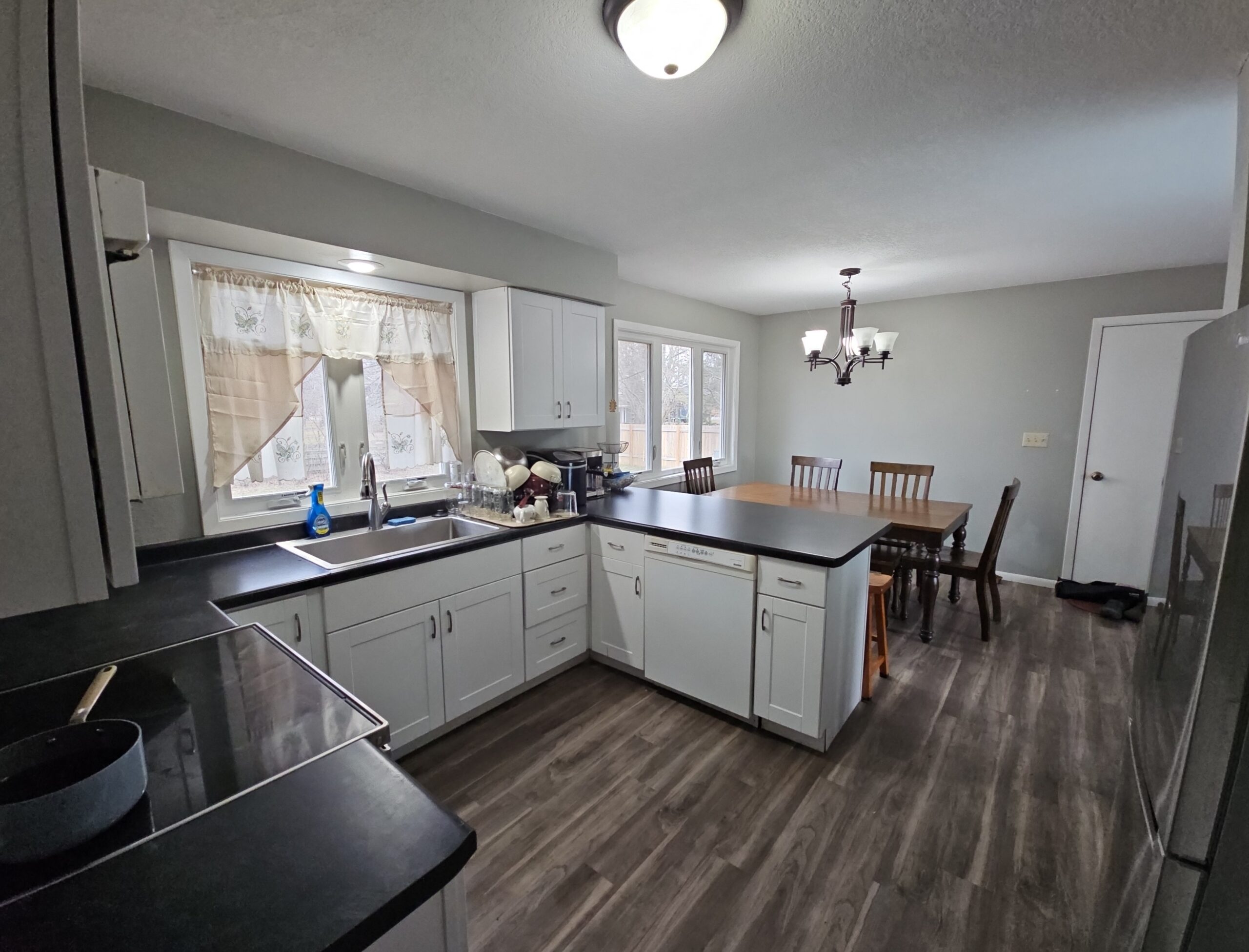Minnesota’s commercial real estate scene is buzzing with activity, offering a tapestry of opportunities across its various sectors. Whether you’re eyeing retail spaces lined up in vibrant downtowns or vast industrial behemoths on the city’s outskirts, the state presents a blend of tradition and innovation. Retail remains robust, with a push towards experiential shopping, while the demand for industrial spaces continues to rise, thanks to the boom in e-commerce.
Economic trends are painting an interesting picture for investors and stakeholders. The past few years have seen fluctuations due to global influences, but current data points to a period of stabilization and potential growth. With a steady inflow of investment and a diversified economy, Minnesota is carving out a strong future. The office space market, keen to recover from the pandemic-induced remote work shift, is witnessing creative transformations, merging traditional workspaces with remote-friendly solutions.
The aftermath of the pandemic has redefined resilience. Commercial real estate in Minnesota has not only bounced back from challenges but has also evolved, with businesses seeking flexibility in leases and adaptive use spaces. Investors are keeping an eye on adaptation strategies that support hybrid work models and the growing demand for logistical hubs.
Emerging hotspots in the state are catching the attention of savvy investors. Areas like Rochester and Saint Paul are witnessing a surge, driven by tech startups, healthcare advancements, and a youthful workforce hungry for vibrant urban living. Duluth is another gem, often overlooked but now gaining traction as a desirable destination for new commercial investments.
As part of crafting a successful investment story, understanding these dynamics is essential. Whether you’re a seasoned investor or a newcomer on the scene, recognizing where Minnesota’s commercial real estate market stands will guide you in making informed, impactful decisions.
Key Drivers and Influencers in the Minnesota Commercial Real Estate Scene
Minnesota’s real estate market isn’t just about bricks and mortar; it’s a vibrant ecosystem influenced by a mix of economic policies, tech advancements, and evolving consumer preferences. Economic incentives from the state play a massive role in attracting investments. Tax breaks and development grants can sway decisions for developers looking to plant their stakes.
Technology is rewriting the rules of real estate, especially in terms of property management and transactions. From smart contracts to AI-driven analytics, the market is more data-driven than ever. Leveraging these tools can give investors and real estate professionals that much-needed edge.
Demographic shifts are also reshaping the landscape. As the youthful, tech-savvy population gravitates towards urban centers, there’s a growing demand for mixed-use developments that blend residential, retail, and workspaces. This shift demands a fresh perspective on how spaces are designed and used.
Environmental sustainability is climbing the priority ladder. Developers and investors increasingly prioritize ‘green’ buildings as eco-friendliness becomes a key differentiator. Sustainable properties not only align with state and federal environmental goals but also attract conscious tenants willing to pay a premium for eco-friendly spaces.
The scene would be incomplete without mentioning the major players. Influential developers, forward-thinking investors, and visionary architects keep pushing the boundaries. Keeping tabs on these movers and shakers can offer insights into where the market might head next, providing a competitive edge to those ready to follow or collaborate.
Whether you’re in it for a one-time investment or building a diverse portfolio, understanding these influences is crucial. They shape decisions, from location choices to types of properties pursued, ultimately crafting the narrative of Minnesota’s commercial real estate for years to come.
Navigating Legal and Regulatory Frameworks: A Guide for Investors
The legal landscape of Minnesota’s commercial real estate market is as diverse as its property options. Navigating these waters starts with understanding the core regulations governing transactions. For investors, diving into the basics of contracts, lease agreements, and property rights is non-negotiable. Ignorance isn’t bliss when it comes to legal compliance.
Zoning laws can dictate the potential of your investments. Whether you’re eyeing an urban redevelopment project or something more suburban, knowing the zoning ordinances can make or break your strategy. Regular updates to these laws mean you should stay informed or risk missing out on golden opportunities.
Property taxes are probably one of the least glamourous aspects but crucial to profitability. Understanding how these taxes apply—and ways to leverage tax incentives or abatements—can drastically affect your bottom line. Minnesota offers a range of exemptions for qualifying properties, which savvy investors will want to explore.
Future looks exciting and, well, slightly complicated with new legislative trends on the horizon. Keeping abreast of these changes can position you ahead of the pack. Think regulations targeting energy efficiency and environmental responsibility—staying compliant might come with its perks in terms of incentives or grants.
Relying solely on instinct or outdated information is risky. Use all available resources—legal professionals specializing in real estate, local government offices with open-door policies, and community boards that often discuss local reforms. A proactive approach will arm you with the knowledge to confidently tackle regulatory challenges.
Financing and Investment Strategies: Maximizing Profits in 2025
Securing the right financing is pivotal in any commercial real estate journey. Minnesota offers various options to suit different investor profiles, from traditional bank loans to innovative REITs (Real Estate Investment Trusts). Understanding the pros and cons of each can determine your financial flexibility and, ultimately, your return on investment.
Diversification isn’t just for stocks. In real estate, having a mix of properties—commercial, residential, and industrial—can mitigate risk and stabilize returns. By spreading out investments, you won’t be overly dependent on any single market section.
Keeping a finger on the pulse of market cycles helps in timing your investments. Jumping in during a downturn or identifying an untapped trend can yield substantial rewards. Conversely, recognizing when to exit is equally critical to securing profits.
Markets are naturally risky, but with the right strategies, those risks become manageable. Insuring assets, analyzing market data, and consulting with seasoned market analysts are practical ways to minimize exposure. Even seasoned investors need to revisit their strategies to adapt to changing dynamics.
Learning from success stories is another smart tactic. Consider studying past investments that have succeeded—what strategies did they implement, and what market conditions did they capitalize on? Case studies of successful Minnesota-based investment firms can provide a treasure trove of insights.
Balancing ambition with caution is your compass for successful investments. Ensuring calculated steps within a well-informed strategy not only maximizes profits but also sustains growth and relevance in a rapidly evolving market landscape.
The Future Outlook: Trends Shaping Minnesota’s Commercial Real Estate
Stepping into the future, the commercial real estate realm is nothing short of transformative. Technology is leading this change, with innovations like AI and blockchain refining transactions and property management. These tools are not just buzzwords but are reshaping operations to be more efficient and transparent.
The growing concern for our planet is injecting climate change resilience into development strategies. From incorporating eco-friendly materials to designing flood-resistant structures, real estate developers are gearing up for a greener future. Sustainable engineering isn’t just about compliance anymore; it’s a selling feature.
The office landscape is still evolving in response to the hybrid work model. Flexibility remains key, as businesses avoid committing to rigid leases and instead opt for adaptable spaces that cater to both in-person and remote teams. This demand fuels creative office designs, balancing employee wellbeing with productivity.
Retail is undergoing a transformation driven by e-commerce. It’s not the death knell for traditional retail but rather, a call to innovate. Physical stores are merging with digital experiences, creating ‘phygital’ arenas where online and offline worlds collide to attract savvy shoppers.
Looking ahead, future market strategies revolve around adaptability and foresight. Investors and developers willing to embrace these changes and anticipate future demands will not only survive but thrive. Staying informed, agile, and proactive will be the cornerstone of successful ventures in Minnesota’s dynamic commercial real estate market.


